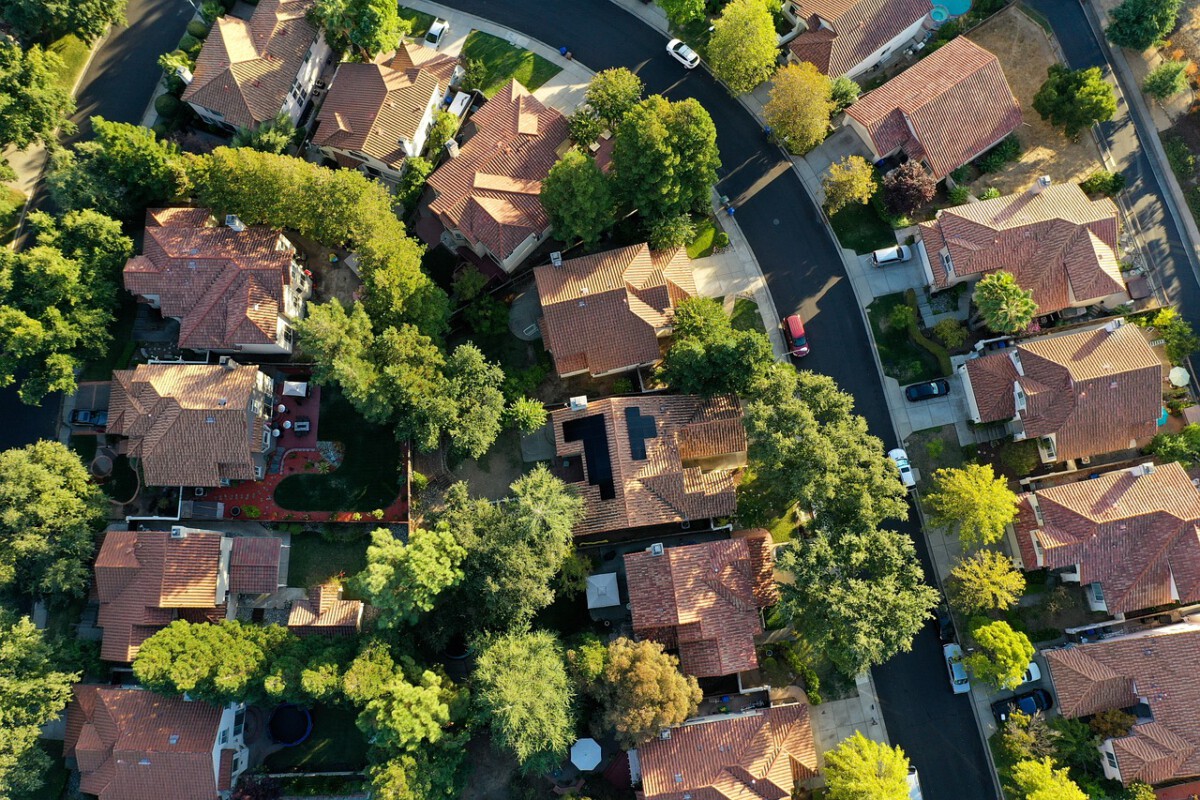Understanding the Threat: Climate Change and Its Impact

Climate change is a formidable force that is reshaping the world as we know it. It’s not just about warmer summers or colder winters; it’s a complex phenomenon affecting our environment, economy, and even our daily lives. In the United States, certain areas are more vulnerable than others due to their geographic location and environmental factors. One such state is Florida, which faces the grim possibility of becoming uninhabitable by 2050. The combination of rising sea levels, increased hurricane activity, and extreme heat poses a significant threat to its residents. Understanding these challenges is the first step in addressing the looming crisis.
The Rising Tides: Sea Level Rise in Florida

One of the most pressing concerns for Florida is the rising sea levels. The state is flanked by the Atlantic Ocean and the Gulf of Mexico, making it particularly susceptible to the effects of climate change. According to the National Oceanic and Atmospheric Administration (NOAA), sea levels are projected to rise by up to 4.5 feet by 2050. This increase could submerge coastal communities, leading to the displacement of thousands of residents. Miami, a vibrant metropolis, is already experiencing frequent flooding even on sunny days, a phenomenon known as “sunny day flooding.” This is a clear indicator of the looming threat that rising tides pose to the state’s infrastructure and its people.
Hurricane Havoc: The Increasing Intensity of Storms

Florida is no stranger to hurricanes, but climate change is making these storms more powerful and unpredictable. Warmer ocean temperatures fuel hurricanes, making them more intense and capable of causing widespread destruction. In recent years, hurricanes such as Irma and Michael have left a trail of devastation in their wake, highlighting the increasing vulnerability of the state. The economic impact of these storms is staggering, with billions of dollars spent on recovery and rebuilding efforts. As the frequency and intensity of hurricanes increase, the long-term viability of living in Florida comes into question.
Scorching Summers: The Heat Wave Dilemma

While Floridians are accustomed to warm weather, the rising temperatures are pushing the limits of what is considered bearable. Extreme heat poses significant health risks, particularly for the elderly and those with pre-existing health conditions. Prolonged exposure to high temperatures can lead to heat exhaustion and heatstroke, conditions that can be fatal if not addressed promptly. Furthermore, the increased use of air conditioning to combat the heat results in higher energy consumption, putting a strain on the state’s power grid and contributing to further environmental degradation.
Water Woes: The Threat to Florida’s Freshwater Supply

Florida’s freshwater supply is under threat from both natural and human-induced factors. Saltwater intrusion, a consequence of rising sea levels, is contaminating the state’s aquifers, which are the primary source of drinking water for millions of residents. Additionally, increased evaporation due to higher temperatures is reducing the availability of freshwater resources. This scarcity poses a significant challenge to the state’s agriculture sector, which relies heavily on a stable water supply. The consequences of a dwindling freshwater supply are far-reaching, affecting not only human consumption but also the state’s biodiversity and natural ecosystems.
Wildlife at Risk: The Impact on Florida’s Biodiversity

Florida is home to a diverse range of wildlife, including species that are found nowhere else in the world. The changing climate is threatening these unique ecosystems, with rising temperatures and sea levels leading to habitat loss. Species such as the Florida panther and the manatee are already experiencing the adverse effects of climate change, with shrinking habitats and dwindling food sources. The loss of biodiversity not only impacts the natural world but also the state’s tourism industry, which relies heavily on its rich natural heritage. Protecting these ecosystems is crucial for maintaining Florida’s ecological balance and ensuring the survival of its unique species.
Economic Implications: The Cost of Climate Change

The economic implications of climate change in Florida are profound. The state’s economy is heavily reliant on tourism, agriculture, and real estate, all of which are vulnerable to the effects of a changing climate. The increased frequency of natural disasters and the rising cost of insurance premiums are placing a significant financial burden on residents and businesses alike. Furthermore, the cost of implementing adaptive measures, such as building sea walls and upgrading infrastructure, is substantial. The economic challenges posed by climate change require a coordinated effort from both the public and private sectors to ensure the state’s long-term sustainability.
Community Resilience: Adapting to a Changing Climate

Despite the challenges, Florida is taking steps to build resilience against the impacts of climate change. Community-led initiatives and government programs are working to raise awareness and implement adaptive measures. For instance, cities like Miami have introduced innovative solutions such as elevating roads and enhancing drainage systems to combat flooding. Public education campaigns are also crucial in empowering residents to take action and make informed decisions about their future. Building community resilience is essential in ensuring that Florida can adapt to the challenges of a changing climate and continue to thrive.
Policy and Legislation: The Role of Government

Government policy and legislation play a critical role in addressing the impacts of climate change in Florida. State and local governments are working to develop comprehensive climate action plans that prioritize sustainability and resilience. These plans include measures such as reducing greenhouse gas emissions, promoting renewable energy, and enhancing disaster preparedness. Collaboration between government agencies, businesses, and communities is essential in implementing effective policies that address the multifaceted challenges posed by climate change. By taking a proactive approach, Florida can work towards a more sustainable and resilient future.
The Importance of Individual Action

While government action is crucial, individual efforts also play a significant role in combating climate change. Residents can contribute by adopting sustainable practices such as reducing energy consumption, using public transportation, and supporting local initiatives aimed at environmental conservation. Grassroots movements and community organizations are powerful tools in driving collective action and fostering a culture of sustainability. By working together, individuals can make a meaningful impact and help ensure that Florida remains a vibrant and livable state for generations to come.







